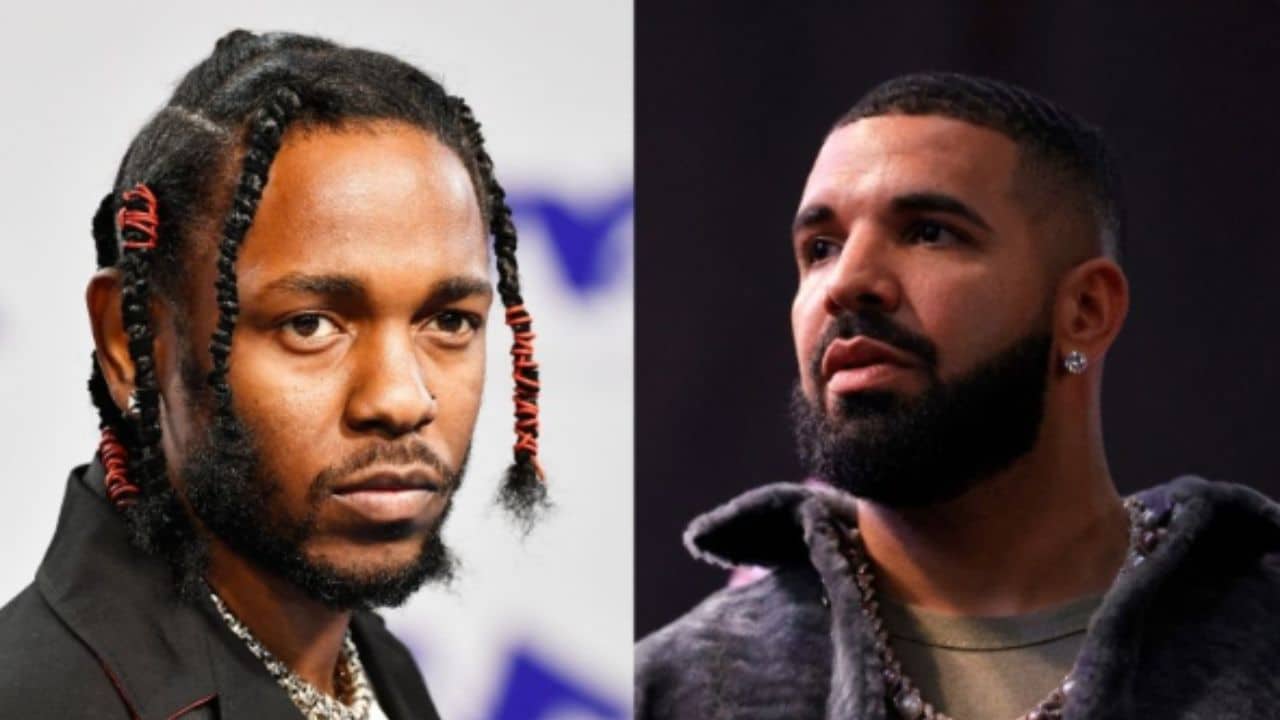Popular Articles
Legal Alternatives to Gomovies That Won’t Break The Bank in 2024 [Price Analysis]
Navigating the maze of movie-watching options can often feel overwhelming. You’re on the hunt for something wallet-friendly but certainly don’t...
The Growing Impact of Luxury FintechZoom on Wealth Management [An Analysis]
Trying to grow your wealth can feel like a maze sometimes, right? You’re looking for ways to make your money...
Aiyifan Features, Quality, and Top 100 Alternatives in 2024 [A Detail Guide]
Are you tired of flipping through the same old shows on every streaming service, feeling like there’s a whole world...
A Guide to Play Unblocked Games 911 at School or Home [100 Top Alternatives]
Are you tired of hitting roadblocks when trying to access games at school or home? You’re not alone. Many of...
Exciting TV Shows and Movies Coming to HBO May 2024 [Complete Schedule]
Finding the perfect show or movie to watch can sometimes feel like a big challenge. With so many choices, it’s...
New Movies and TV Series Schedule of Disney Plus in May 2024
Finding new shows and movies to watch can be hard. You might feel like you’ve seen everything good already. But...
Latest Articles
Bucks Stumble Again: First-Round Exit for Second Straight Year
The Milwaukee Bucks’ dreams of reclaiming the NBA championship were shattered on Thursday night as they suffered a heartbreaking Game...
Legal Alternatives to Gomovies That Won’t Break The Bank in 2024 [Price Analysis]
Navigating the maze of movie-watching options can often feel overwhelming. You’re on the hunt for something wallet-friendly but certainly don’t...
2024 Kentucky Derby: Date, Time, Horses & Everything You Need to Know
The 2024 Kentucky Derby is shaping up to be a historic and highly anticipated event, marking the 150th running of...
The Growing Impact of Luxury FintechZoom on Wealth Management [An Analysis]
Trying to grow your wealth can feel like a maze sometimes, right? You’re looking for ways to make your money...
Kendrick Doubles Down: “6:16 in LA” Heats Up Rap Feud with Drake
Kendrick Lamar Unleashes Fiery Diss Track “6:16 in LA,” Escalating Vicious Rap Battle with Drake. The long-simmering tensions between hip-hop...
Aiyifan Features, Quality, and Top 100 Alternatives in 2024 [A Detail Guide]
Are you tired of flipping through the same old shows on every streaming service, feeling like there’s a whole world...











